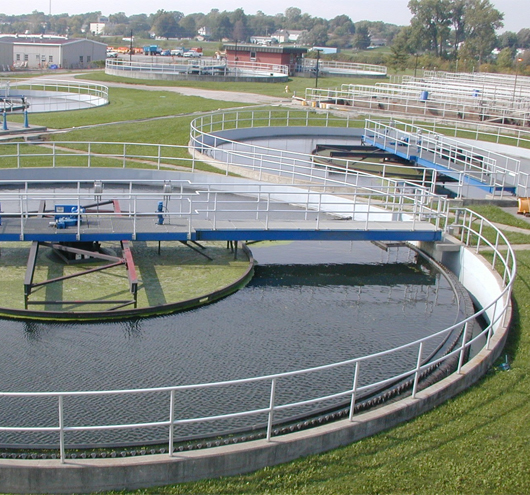Water Treatment
Water Treatment substances including PFAS, phosphorus, nitrates, medications, and organic compounds are removed from water through treatment. We accomplish this by using several treatment steps, such as membrane filtration, ion exchange, activated carbon treatment, filtration, and reverse osmosis.
Water treatment facilities may add one or more chemical disinfectants such chlorine dioxide, chloramine, or chlorine to the water after it has been filtered in order to eliminate any leftover bacteria, viruses, or parasites. This is the time to add the coagulant (alum in this example), and whisk the mixture quickly before slowing it down. Then, in preparation for the sedimentation procedure, the particles settle out.
A Water Treatment Plant is a method of improving the physical, chemical, & biological quality of impure or raw water by removing available impurities like color, turbidity, algae, and other microorganisms for making the water suitable for drinking purposes without affecting our environment.






